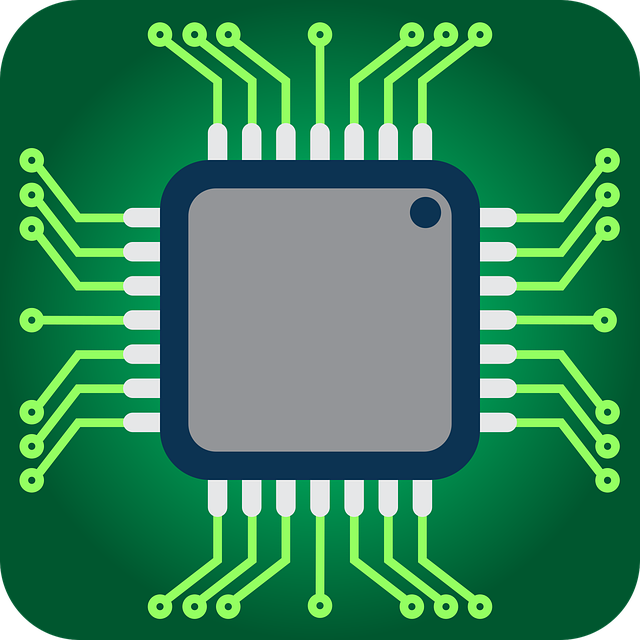If you everyday tasks include document signing or scanning with a Wifi printer, then maybe steer clear of Bazzite and Kionite and opensuse Aeon/kalpa.
I would go for just normal fedora or opensuse tumbleweed instead.
Mint is also great if you don’t have a “fresh off the production line new hardware”.




















I haven’t been able to get flatpaks (what you have to use on Bazzite and Kionite) to work with a wifi scanner and I have been using Linux since 2016, so not really beginner friendly. Apparently some people have gotten it working, but still, it works generally out of the box on Fedora, Mint, and Opensuse Tumbleweed I think.
WiFi printing works fine though.
But if you have a USB printer, or don’t use the scanner of your WiFi printer, Bazzite is great!